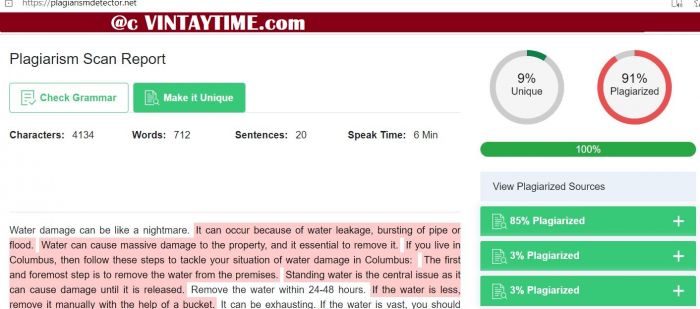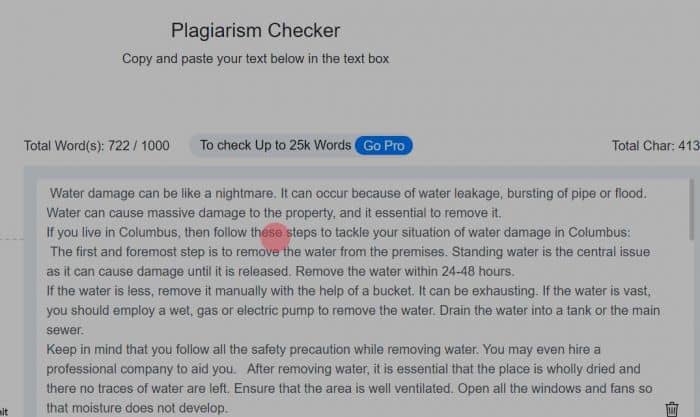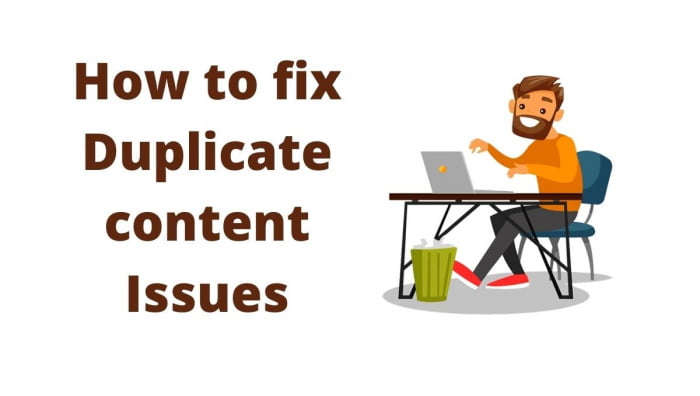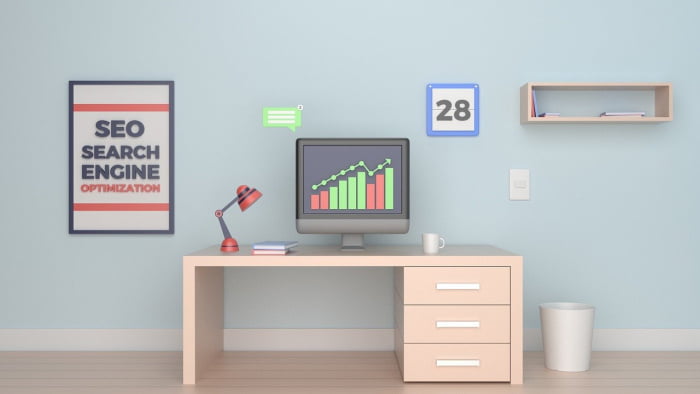
Pages are no longer showing up in search results. Crawl budgets were squandered. Rankings are dropping, and users are having a bad time. For SEO marketers, the issues caused by duplicate content also called plagiarism are significant.
What Is the Definition of Duplicate Content, plagiarism?
“Duplicate content generally refers to substantive blocks of content within or across domains that either completely matches other content or are appreciably similar. Mostly, this is not deceptive in origin.” according to Google’s Webmaster definition.
A most prominent place to check duplicate content is on-page; although reiterated titles and Meta descriptions also add up as plagiarized content and could be more difficult for search marketers to detect and rectify without a plagiarism checker.
According to ex-Google engineer Matt Cutts, between 25 and 30 percent of the internet’s content is duplicated. It’s simple to see how all this occurs; major product descriptions, boilerplate text, or brand messages are frequently repeated throughout domains and pages without bad intentions. Search engines recognize that duplicate content appears; thus, despite claims contrary, Google does not penalize duplicate content.
Copying content is the one that will get you a Google penalty. Plagiarized content occurs when people take content from a legitimate source and republish it on their website. Copy content results in two web pages with the same pieces of content; however, unlike duplicate content, copied content occurs on purpose, fails to add value to the reader, and is frequently associated with a low-quality website.
Search engines treat stolen content seriously, and the scraping site may face legal consequences. It’s a smart idea to inform crawlers that your site’s material isn’t taken from other sites. That will be discussed further below.

Does Duplicate Content Affect SEO?
Could you gladly allow duplicate content to roam free on your site if it results in Google consequences? Of course, duplicate content can still harm your website ranking and traffic even if no penalty is applied to your site. To begin, search engines prevent referring duplicate data on their search results. For searchers, this makes perfect sense because it is useless for them to get so many identical results on different pages. They will find original and varied content useful on every other site.
The search engines must determine which version of duplicate content is the most pertinent. To do this, they take into account domain authority and which page appears to be the authentic, most authoritative source of the content when doing so. Crawlers then remove duplicates from search results pages.
Implications of duplicate content:
- Destroys your online reputation:
New businesses face challenges with repetition, and it takes time to form and earn the customer’s trust. Step two is to keep that trust and confidence after it has been earned. Because you are not physically available, all of it is yours.
If an online business uses mediocre approaches to prosper by publishing duplicate and plagiarized content and has no innovativeness, then forget about having success in online business. Your blog may not be penalized initially, but publishing copied content will ruin your reputation, and your business will also be destroyed as your customers will not trust you when they learn that all of the content is duplicated.

- Organic traffic will be reduced:
Exclusiveness is very important for the business to sustain itself online. Google smart engines are brilliant and can immediately recognize that the content is plagiarized, and they even know who the original author is and the publishing date of the original content. When it is evident that your content is duplicated, Google search engines will place it on the ban list.
Your content will have no views because the organic reachability of the content has been ruined due to plagiarized content, and it will have an impact on the ranking of your blog. The organic traffic will be reduced immensely.
- Copyright infringement:
Because you are duplicating content from Google without the approval of the actual owner of the content and sharing it on your site as your own, you may be infringing on their intellectual property rights. The originator of the content has the right to sue you and file a complaint with the legal authorities, and by doing so, he can penalize you and your site. The legal authorities have severe penalties for plagiarized content, and they may imprison you based on the circumstances.
- Financial Consequences:
In recent news reports and articles, plagiarism by journalists, authors, public figures, and researchers has been widely publicized. An author who sues a plagiarist may be awarded monetary restoration. Any plagiarist caught plagiarizing may face financial penalties.
- Ends career:
As you can see the issues mentioned above or the consequences of duplicate content, it is clear that plagiarism can end your professional career. Whether you are a student, a journalist, a blogger, or anything, if you copy someone else’s work, you will pay a heavy price. If your reputation is ruined or your web traffic is reduced to zero, and people have lost their trust in your company, it means your career or company is not going to last longer.

How to avoid duplicate content?
- Cite and quote whenever necessary:
You should be responsible about where and when to cite the content. When we use research findings, statistics, figures, maps, and so on, it is necessary to quote and cite sources accurately. When the original lines are so powerful and appealing that you want to use them as they are, you can cite or quote the source after using the original phrase. You can use online reference guides to help you cite sources properly while preventing plagiarism.
- Summarization and paraphrasing:
You must wonder how you summarize and paraphrase a piece of writing while avoiding plagiarism? A shorter form of the original content that highlights the main points in your own words and phrases is called a summarizer. If you are summarizing a multiple-page essay, it will be one page long; if you are summarizing a page, it will be one to two short paragraphs; and if you are summarizing a paragraph, it will be just a few lines.
On the other hand, paraphrasing is another way to avoid plagiarism because it is nearly the same size as the original text but is written in your own words. For paraphrasing purposes, you can use the paraphrasing tool available online.
The paraphrasing tool can rewrite a text by replacing words with similar meanings or employing identical sentence structures. It does not necessitate any signup or registration. It is simple to use because you can upload a file or copy/paste text from any location. Then, click the “Para Now” button to get your reworked version.
- Remember to cite your work:
If you write on the same or a similar topic numerous times, you are likely to plagiarize your own previously published work. Citing your work is very crucial because copying your own is considered plagiarism.
- Include references:
One of the most important steps to avoid plagiarism is to use mentioning or referencing to cite the works you have been using in your content, be it an essay, blog, or research paper. It’s done by including a reference page that lists all of the works discussed in your content.
- Use a plagiarism checker:
The greatest and furthermost essential element is to use the best Plagiarism Checker. We have a bundle of plagiarism checkers available in the online market.
Plagiarism checker works greatly by using its Advanced Algorithm. And has the ability to scan data available on the internet on search engines to check plagiarism.
Besides this, it scans and compares the files against the uploaded text or content to check if it is copied from somewhere or not. Also, it identifies if the content is copied from an online source or paraphrased from any published article.
Moreover, it provides you with reliable results in the form of percentages.
The plagiarism Checker instantly informs you that your content is carrying how much percentage of plagiarized and unique content.
[custom-twitter-feeds feed=2]





